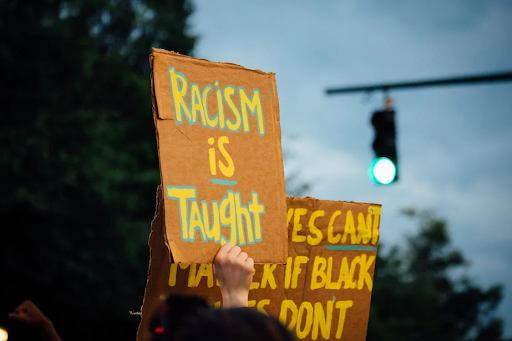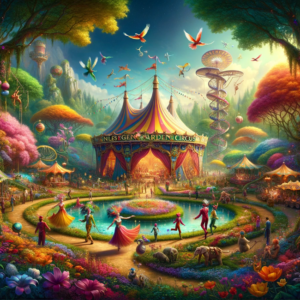The Role of Racial Discrimination in Shaping the White Australia Policy

The White Australia Policy was an Australian government policy that excluded non-white people from settling in Australia and restricted employment opportunities to white Australians. As a result, it also became a catalyst for promoting racial segregation.
The main push for the policy came from colonists who feared that other ethnicities, particularly Chinese and Pacific Islanders, would take jobs away from white Australians. These colonists had a strong sense of superiority and were adamant in their desire for racial purity. This sentiment was reflected in the laws that were passed at the time and it was these laws which eventually gave rise to the White Australia Policy.
The policy’s main effect was to limit the immigration of non-European people, particularly the Chinese and Pacific Islanders. Those who were allowed in had to meet strict criteria to prove that they could be assimilated into Australian culture; this was another way to restrict access to employment opportunities.
The White Australia Policy was seen as necessary at the time due to widespread racial discrimination in Australian society. This racism had been fostered by several factors, including the country’s close ties with Britain and the belief that the British Empire was superior to other races. Furthermore, it was thought that allowing non-white people into Australia would lead to racial mixing, which was frowned upon by many.
Although it may feel as though we’re talking about many hundreds of years ago, the White Australia Policy was only repealed in the 1970s due to strong resistance from migrant communities, human rights activists and those in the government who opposed the policy. The policy had a lasting effect on Australia, shaping its immigration policies for many years following its repeal.
It is important to recognise the impact that racial discrimination had on the White Australia Policy, and how this policy has shaped Australian society today. Despite being formally abolished in the 1970s, many believe that there are still many remnants of this policy embedded within our culture and laws that continue to privilege white Australians over everyone else.
Indigenous Discrimination
Sadly, the White Australia Policy also extended to Indigenous Australians. In 1901, the Commonwealth Government passed an Immigration Restriction Act which blocked ‘non-whites’ from entering the country. This included Indigenous Australians as well, who were treated as second-class citizens and denied basic human rights. The policy also allowed for the unwanted removal of Indigenous children from their families, a practice known as the Stolen Generation.
The effects of this policy were far-reaching, and today Indigenous Australians are still dealing with the legacy of racism and oppression. Despite some positive steps being taken to address the wrongs of this policy, the Indigenous Australian population continues to suffer disproportionately from poverty, poor health care and education, and incarceration.
Every year, Australia Day is a painful reminder of the legacy of racial discrimination that continues to shape our country. This day marks the anniversary of the arrival of British settlers in 1788 and their seizure of Indigenous lands. Many see the White Australia Policy as a culmination of centuries of dispossession, oppression, and attempts to erase the culture and identity of Indigenous Australians.
By educating ourselves and others about the history of racial discrimination in Australia, we can make sure that this legacy never happens again. If we can educate the next generation about Indigenous history and its impact on our beautiful country, we can make sure that racism is never allowed to become a part of our national identity again.









